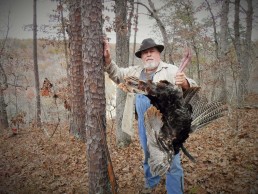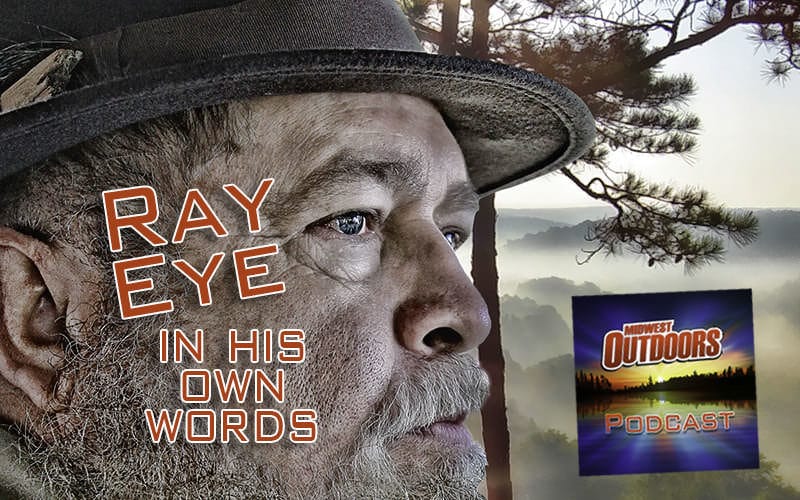Fall turkey hunting
SHARE THIS POST
Ray Eye offers a few calling methods to bring in fall turkeys.
Autumn is the time for real turkey hunting. The social structure of turkey flocks function about the same year ’round, with one small window of opportunity, which is the exception when gobblers become preoccupied with breeding hens. At all other times of the year, including the socalled “spring mating season,” hens are with hens, and toms are with toms. Jakes and toms will mix with each other; they separate according to age and social status and challenge each other constantly.
So, during fall (and spring), calling up any given bird is all about imitating that same bird. That’s why I call it “bird-to bird” communication. If you want to call up a gobbler, you’ll have to sound like one. By challenging the dominant gobbler in a flock, you can then call those birds to you. By making turkey sounds, you can bring curious birds to you—the turkeys that are wondering who that new bird may be in their area.
Through gobbler yelping, cutting, using aggressive putting and purring, and other sounds, you can call up longbeard gobblers any day of the year. The volume of calling and level of excitement you can stir up in the fall is unreal. When you get groups of big toms yelping, cutting, gobbling, strutting, running to you or bumping each other on the way in, you can then challenge yourself to hold still and get ready to make a good shot.
Are you enjoying this post?
You can be among the first to get the latest info on where to go, what to use and how to use it!
Find food, and you’ll find fall gobblers. Unlike in the spring, turkeys are driven by food in now rather than earlier in the year, with the need to reproduce. Therefore, scouting food sources is one of the best ways to find the fall toms. Early in the season, look for soft-mast foods such as hawthorn, dogwood berries, wild grapes, persimmons and crabapples. Rounding out the smorgasbord are a variety of insects, assorted seeds, grasses, cherries and agricultural crops of clover, beans, small grains and waste grain left on the ground in freshly harvested fields.
To learn more about the fall migrations and forage base of turkeys, check out Ray Eye’s full feature article in the October issue of MidWest Outdoors magazine, available the first full week of October at a newsstand near you.
To listen to a full-length MWO Podcast interview with Ray Eye, click here.
MWO
SHARE THIS POST
You may also like...
Nothing found.
Did you enjoy this post?
You can be among the first to get the latest info on where to go, what to use and how to use it!
Bobby Bergren
“Bobby B” Bergren is a smallmouth bass fishing fanatic who’s passion is fishing the Great Lakes. He has multiple first-place tournament wins on Lake Michigan. Additionally, he is a die-hard ice fishing enthusiast who targets bluegills, and dabbles in hunting and knife collecting. Bergren also engages in content creation and digital marketing for MidWest Outdoors.

